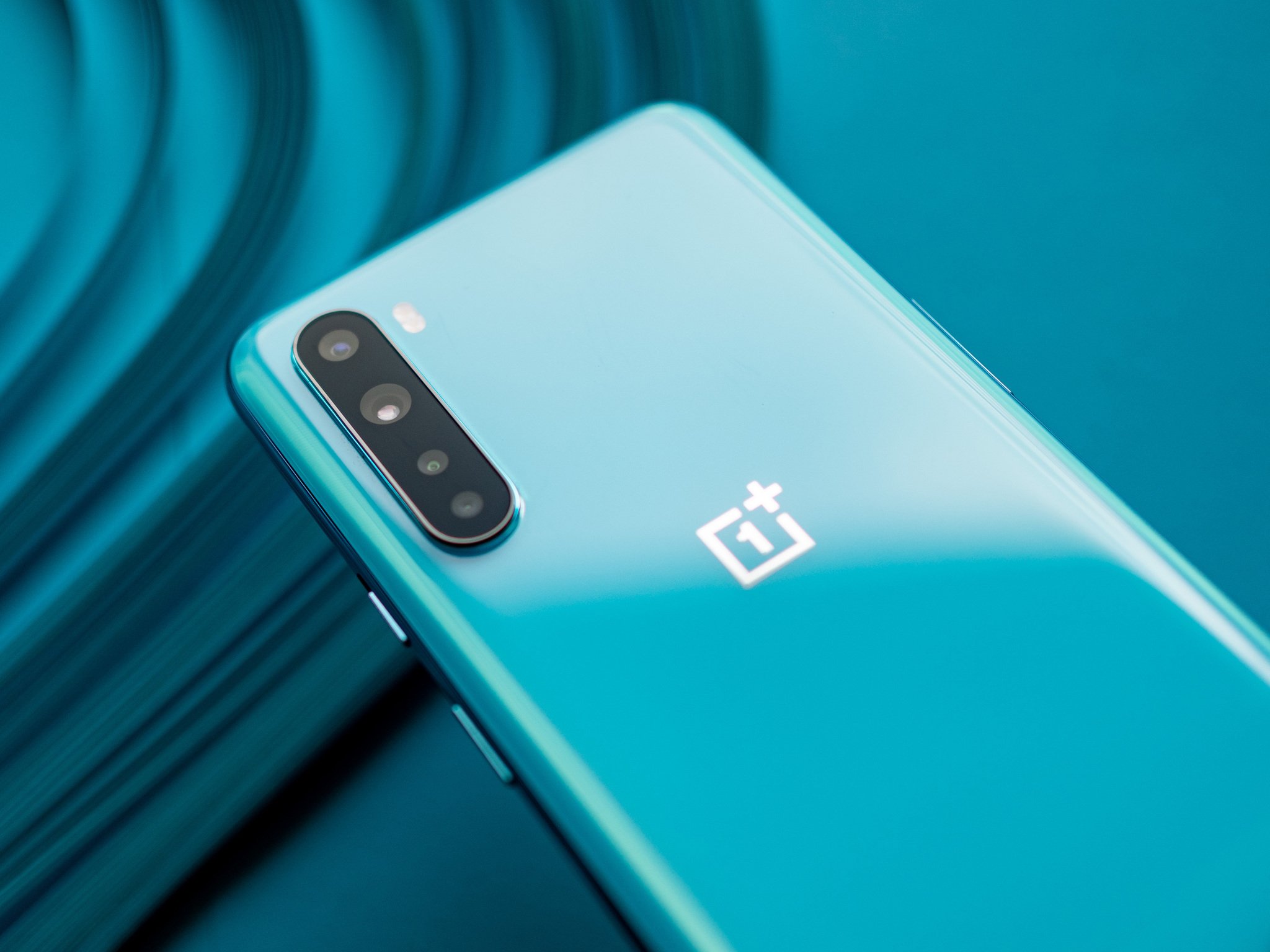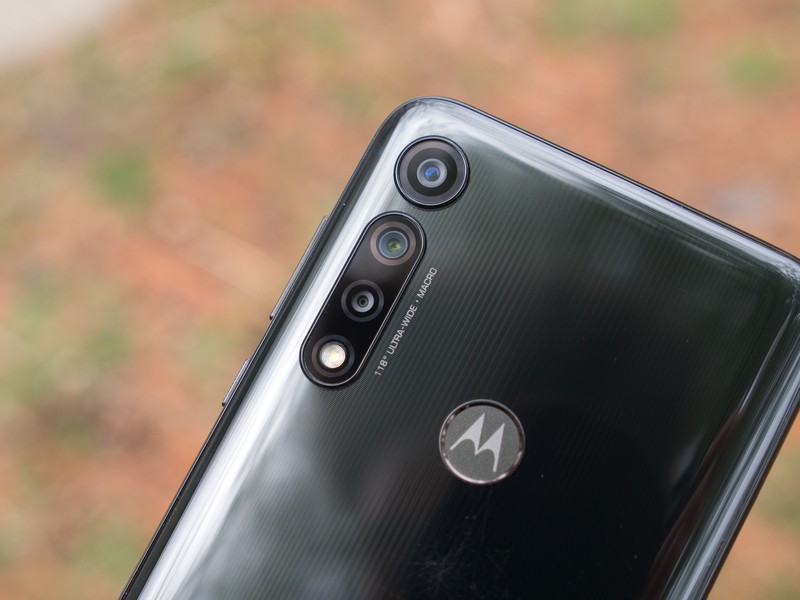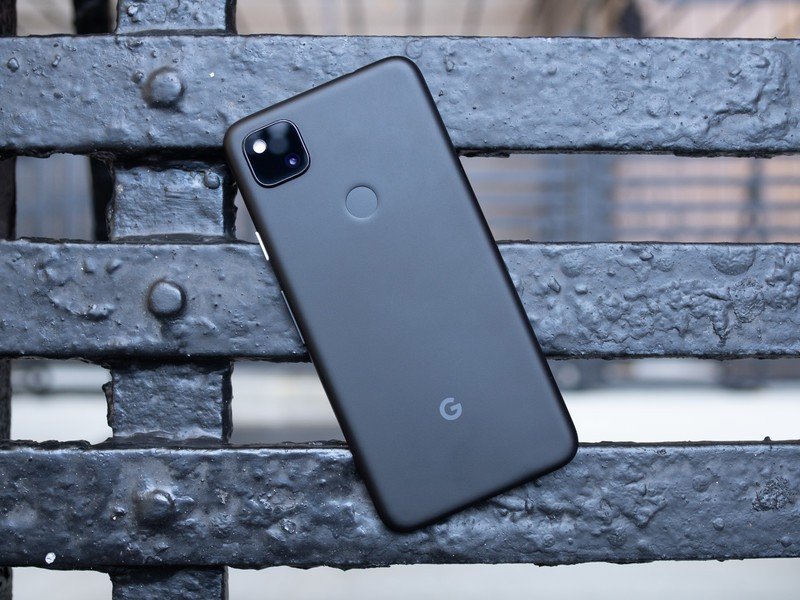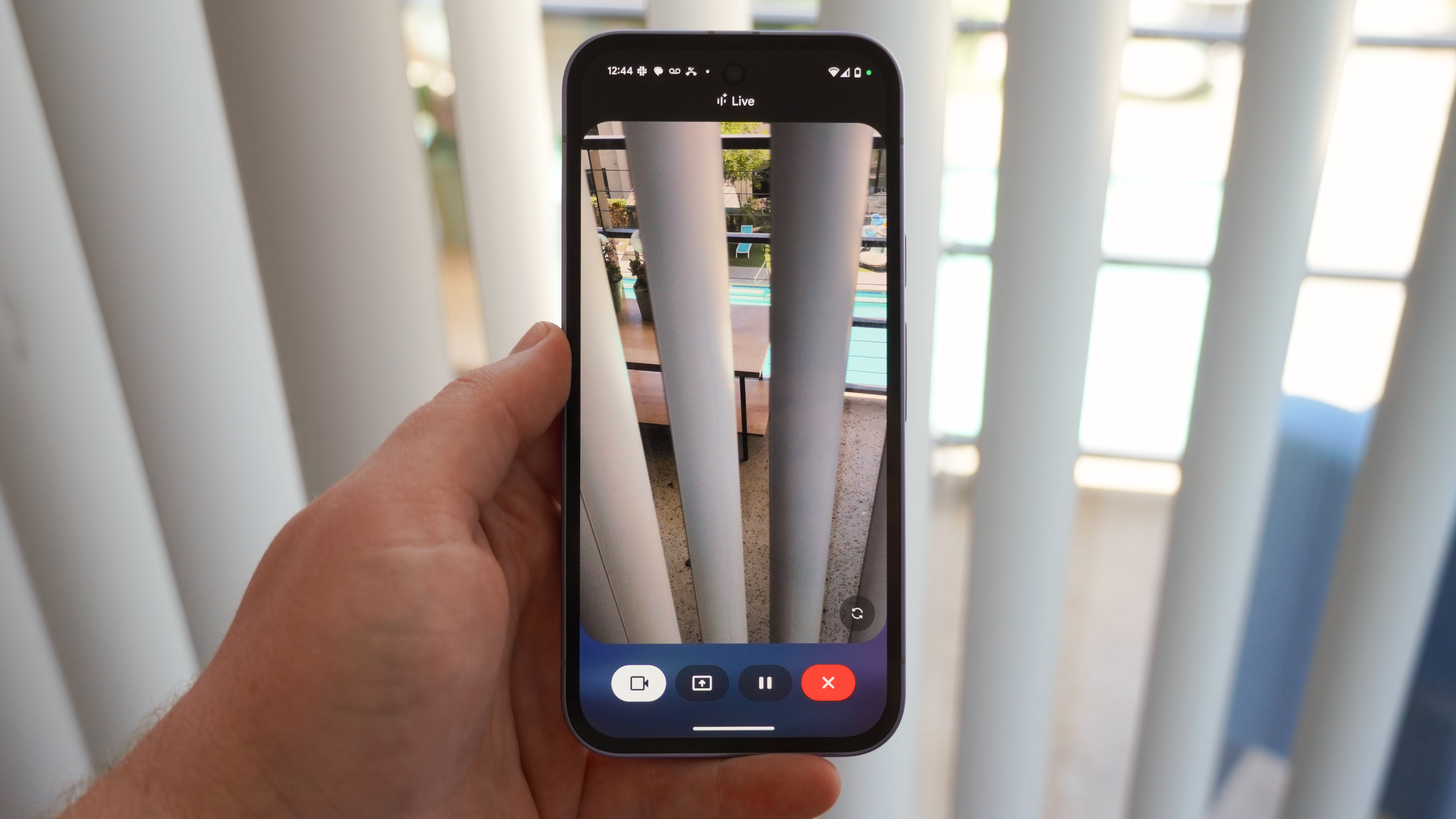In 2021, budget phones need to focus on camera quality – not quantity

Out of all the different kinds of smartphones we see throughout a given year, the niche of budget phones is always one of the most fascinating to watch. $1,000 flagships might be more fun to talk about and drool over, but the challenge that arises when crafting something that costs $300 or $400 is vastly more interesting.
It's a challenge that countless companies try their hand at throughout the year, and as time goes on, they get better and better at it. Specs become more powerful, trends from high-end flagships are borrowed, and all of that happens while prices stay low.
In the quest to create the best cheap Android phones in 2020, there was one common denominator we saw throughout them — multiple rear camera sensors. Flagships like the Galaxy S20 and OnePlus 8 Pro tout three, four, or even more rear cameras, and this resulted in the vast majority of cheaper options trying to do the same. The idea of getting three cameras on the latest Moto G sounds amazing on paper, but as we discovered time and time again, more isn't always better.
In fact, it usually comes at the detriment of the phone trying to do this.
What's the point of four cameras when half of them are useless?
We saw plenty of examples of this in 2020, with one of the best being the OnePlus Nord. The OnePlus Nord is an exceptional budget phone in almost every regard, offering a 90Hz AMOLED display, fast performance, a durable design, and all-day battery life for the equivalent of around $330. Where it stumbles, however, is with its cameras.
As we've seen many times from OnePlus, the Nord's camera setup is a numbers game. You're getting a 48MP primary camera, 8MP ultra-wide camera, 5MP depth camera, and 2MP macro camera. Photos taken with the main 48MP sensor are decent, but you have to deal with soft detail and grain in more dimly-lit settings. The 8MP ultra-wide camera is a nice touch for getting dramatic wide shots, but the 5MP depth and 2MP macro sensors are all but useless.

Being able to market a cheap phone with four rear cameras certainly catches people's attention. Still, outside of being a fancy marketing gimmick, there's not much value beyond that for having all of those sensors. In place of four cameras on the back of the Nord, OnePlus could have focused on perfecting the primary and ultra-wide cameras, called it a day, and the phone would have been better off because of that.
Be an expert in 5 minutes
Get the latest news from Android Central, your trusted companion in the world of Android
OnePlus wasn't the only offending party in this regard — far from it, actually. All of Motorola's Moto G phones for 2020 came with three rear cameras each. The Moto G Power and Moto G Fast both shipped with ultra-wide and macro cameras to go along with their primary one. As you'd expect for phones costing $250 and $200 respectively, these secondary sensors could only do so much. Between the ultra-wide camera having a drastic decrease in colors/detail and the macro camera being best-described as a potato, they ended up bringing nothing meaningful to the conversation.


Source: Joe Maring / Android CentralPhotos taken with the Moto G Fast's primary camera (left) and ultra-wide camera (right 😬).
Again, the solution is simple. If Motorola had just removed those two extra cameras, there would have been more room both in the phones and with Moto's budget to really do something meaningful with the 16MP primary camera (which in its current form is very meh).
Similar conversations can be had for so many other budget phones that launched in 2020. The Galaxy A71 offers a fantastic 64MP primary camera, a good ultra-wide camera, and a macro camera that's absolute trash. The $250 TCL 10L tried to impress with its four rear cameras, all of which drop the ball in more ways than one.

Amidst all of the countless phones that were dead set on housing as many cameras as possible, the Google Pixel 4a shined bright as a beacon of hope. The single 12.2MP rear camera sounds like it's sure to be a disappointment. Still, thanks to Google's tireless refinement of its image processing, the Pixel 4a manages to capture the very best pictures out of any cheap phone you can buy this year.
That's not to say that Motorola, OnePlus, and others will be able to mimic the Pixel 4a's camera quality simply by dropping secondary camera sensors from its own phones. Still, it would allow for additional resources to get closer and closer to that point.
I don't know how much I'd wager on these companies actually abandoning the multi-camera trend. Still, if we want a world of more budget phones with legitimately great cameras, that's what needs to happen. Here's to hoping 2021 is a year of change.

The best affordable camera phone you can get
Google's Pixel 4a may not have any flashy ultra-wide or macro camera sensors, but that's because it doesn't need them. The phone's 12.2MP single rear camera is far and away the best you can get on a phone in this price range, delivering amazing photos in almost any lighting condition. Pair that with good performance, reliable battery life, and guaranteed software updates, and you're in for something special.
Joe Maring was a Senior Editor for Android Central between 2017 and 2021. You can reach him on Twitter at @JoeMaring1.

